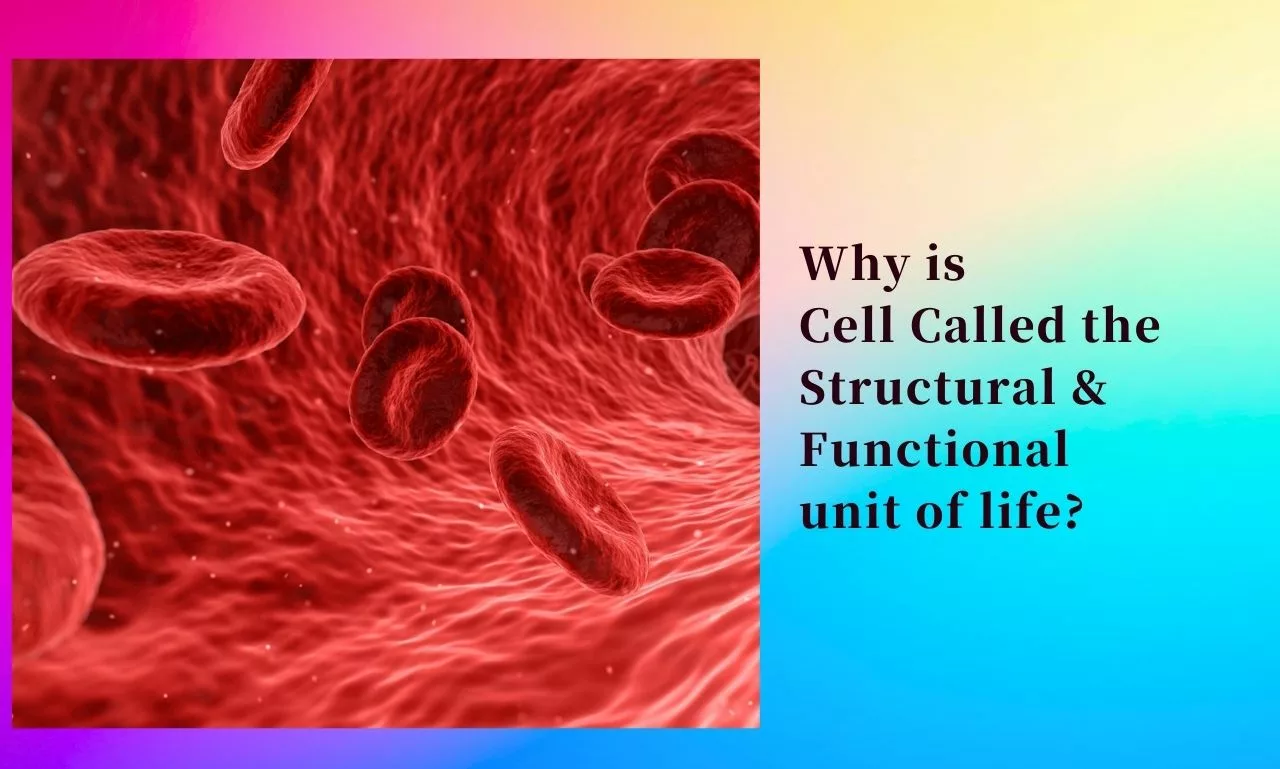The cell is called the structural and functional unit of life because the body of all organisms is made up of cells. Cells are arranged in a proper and systematic order to form a body of living organisms. Thus cells serve as basic building structural units for more complex organisms.
- The smallest cell is Mycoplasma Gallisepticum.
- The longest cell in the human body is Neuron.
- The biggest cell is the egg of the Ostrich.
The cell is widely regarded as the fundamental unit of life. It is a microscopic, self-contained structure that performs all the necessary functions for an organism to survive and thrive. This article will explore the reasons behind the cell’s recognition as the structural and functional unit of life.
Table of Contents
Historical Background
The understanding of cells as the building blocks of life dates back to the mid-17th century when Robert Hooke first observed and described them under a microscope. Over time, advancements in microscopy and scientific research led to the development of cell theory, which solidified the concept of the cell as the fundamental unit of life.
Cellular Organization
Living organisms are structured hierarchically, with cells forming the basic organizational level. All organisms, from simple single-celled organisms to complex multicellular organisms, are composed of cells. Cells come in various types and forms, but they all share common features and functions.
Structural Features of Cells
Cells possess a set of structural features that make them capable of carrying out the essential functions of life. These features include:
- Plasma Membrane: All cells are surrounded by a plasma membrane, which acts as a selective barrier, regulating the passage of substances in and out of the cell.
- Genetic Material: Cells contain genetic material, either in the form of DNA or RNA, which carries the instructions necessary for cell growth, development, and reproduction.
- Cytoplasm: The cytoplasm fills the interior of the cell and contains various organelles and molecules required for cellular processes.
- Organelles: Cells may have specialized compartments called organelles, such as mitochondria, nucleus, endoplasmic reticulum, Golgi apparatus, and others, which perform specific functions within the cell.
Functional Capabilities of Cells
Cells exhibit a wide range of functions that are essential for the survival and proper functioning of an organism:
- Metabolism: Cells perform metabolic activities, including nutrient uptake, energy production, and waste elimination.
- Reproduction: Cells are capable of reproducing, either through cell division or by specialized reproductive cells such as gametes.
- Growth and Development: Cells contribute to the growth and development of organisms by dividing, differentiating into specialized cell types, and organizing into tissues, organs, and systems.
- Response to Stimuli: Cells are capable of detecting and responding to various stimuli from their environment, allowing organisms to adapt and survive.
- Homeostasis: Cells play a vital role in maintaining a stable internal environment, regulating factors such as temperature, pH, and ion concentrations.
Interdependence of Cells
In multicellular organisms, cells are highly specialized and work together in a coordinated manner to carry out specific functions. Different cell types collaborate and communicate through complex signaling pathways, allowing for the integration of diverse functions within an organism.
Conclusion
The cell is rightfully referred to as the structural and functional unit of life due to its unique features and capabilities. Cells form the foundation of all living organisms and possess the necessary structures and functions to sustain life. Understanding the intricacies of cellular biology is crucial for unraveling the complexities of life itself and holds immense importance in various scientific disciplines, including medicine, genetics, and biotechnology.
